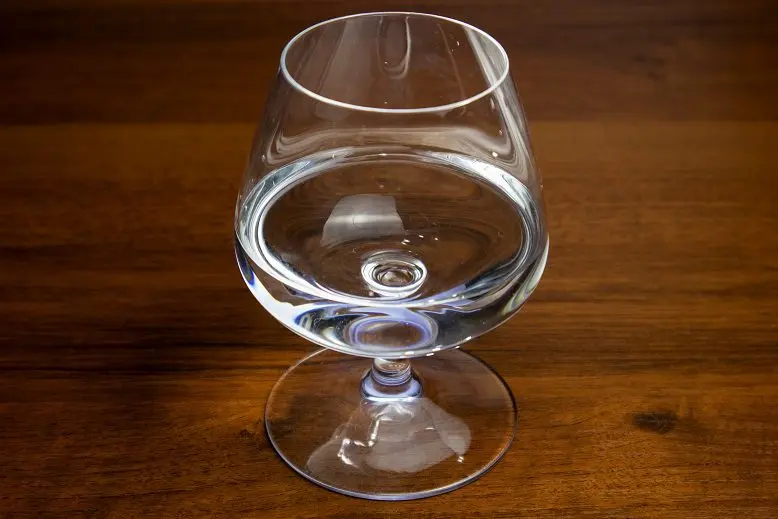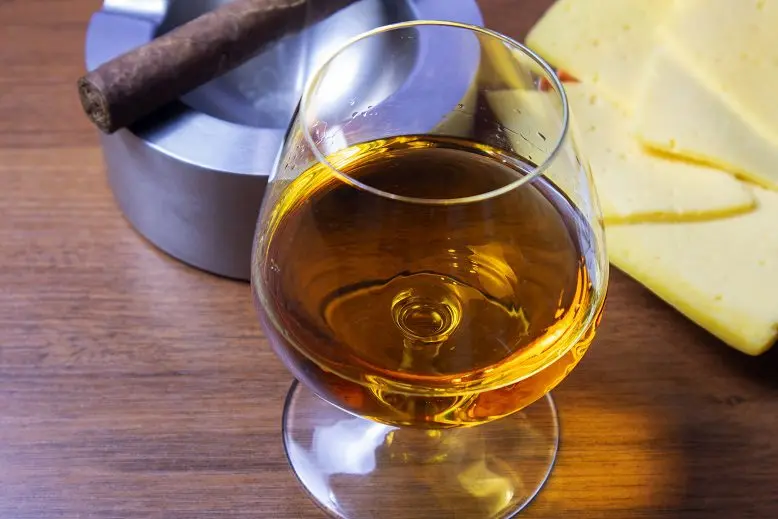On the Internet, you can find rum recipes based on the addition of essence and other flavors that only imitate the original aroma and taste, and not always successfully. To make rum at home, you need cane sugar or molasses. Nowadays, getting at least one of these ingredients is very simple, just place an order on the Internet. We will use an old Cuban recipe that is popular among the locals of the island.
Cane molasses is molasses, a by-product of sugar production, which is used in traditional rum production technology. Also, molasses is used to feed pets, in particular horses.
Despite the fact that sugar cane grows only in South America, you can also buy cane molasses in Russia. This product is sold in some specialized online stores dealing with goods for distillers. Also, molasses sometimes appears in large supermarkets.
To replicate the original aroma of the best Cuban and Jamaican brands, it is better to use cane molasses to make homemade rum. But if molasses is not available, brown cane sugar will do. The organoleptic properties of the distillate will not be as pronounced as from molasses, but the technology is somewhat simpler.
Ingredients:
- brown cane sugar (or molasses) – 5 kg;
- water – 20-25 liters;
- yeast – 50-100 grams dry or 250-500 grams pressed.
About exit. Depending on the characteristics of production, the sugar content in molasses is 30-73% (in most cases 50%). This indicator should be obtained from the sellers, since it can be used to roughly calculate the theoretical distillate yield. With 1 kg of cane sugar, up to 1,2 liters of rum with a strength of 40 degrees is obtained. Accordingly, with 1 kg of molasses (50%), a maximum of 600 ml of a forty-degree drink comes out. In practice, the amount of rum will always be below theoretical values by 8-15% for sugar and 15-25% for molasses.
Not all sugars (especially caramel) in molasses can be processed by yeast into alcohol, so in most cases, cane molasses mash remains sweet even after fermentation is over. Please note that the main sign of the readiness of the mash, the absence of a sweet aftertaste, does not work here.
Making rum from cane sugar is much easier. In fact, the technology is no different from the preparation of ordinary moonshine. You can also mix sugar and molasses, which will increase the yield and preserve the organoleptic properties. It is important to add the correct amount of water, the total sugar content of the wort should not exceed 20%.
Roma recipe at home
1. Calculate the parameters of the mash. For each kilogram of molasses, 5 liters of water (hydraulic ratio 1:5) and 10 grams of dry or 50 grams of pressed yeast are required. For cane sugar, the optimal hydromodule is 1:4 (4 liters of water per 1 kg) and 20 grams of dry (100 grams of pressed) baker’s yeast.
The proportions are taken from a Cuban recipe, in which the amount of yeast for molasses is 2 times less than for sugar. It is believed that prolonged fermentation of molasses has a positive effect on the smell and taste of rum.
2. Boil half the water. Dissolve sugar or molasses in boiling water (stir until smooth). Cover, leave for 30 minutes, then pour into a fermentation container.
3. Dilute the yeast according to package instructions. As a nutrient medium, you can use the rum wort made at the previous stage, which must be cooled to 25-28 ° C.
4. Pour the second half of the water (cold, unboiled) into the wort. Mix. Check the temperature (must be below 30°C). Add diluted yeast. Mix again. It is desirable that at least 10-15% of the volume is left free for foam and carbon dioxide.
5. Install a water seal on the neck of the container. You can use a glove with a hole in the finger (pierce with a needle). Transfer the mash to a dark room (or cover) with a temperature of 18-28 ° C.

Braga from pure cane sugar ferments for 5-10 days, then the sweetness disappears, the release of gas from the water seal stops (the glove deflates), which means that you can proceed to the next stage.
Often, molasses mash remains sweet even after fermentation is over, since the yeast is not able to process caramelized sugar. The only sign of readiness is the absence of gas from the water seal. I advise you to start distillation no earlier than 12-15 days from the date of laying the ingredients.
6. Drain the mash that has played out from the sediment (so that the solid particles do not burn during distillation). Distill for the first time on a conventional moonshine still without separation into fractions. Finish distillate extraction when the strength in the stream falls below 20%. Do not pour out the bard (the rest in the cube)!
7. Measure the strength of the collected cane moonshine. Determine the amount of pure alcohol (multiply the total volume by the percentage of the fortress and divide by 100).
8. Calculate the amount of water that will be required to dilute the moonshine to 20 degrees. Pour in 75% of the specified amount.
A quarter of the water (25%) is replaced with liquid stillage from the cube (in the Cuban recipe for rum, the bard is called “thunder”). This technique will significantly improve the aroma of the finished drink and give light notes of sweetness.
9. Distill the moonshine diluted with water and bard a second time. Collect the first 12-15% of the yield from the amount of pure alcohol in a separate container. These are “heads” – a fraction that is harmful to health and should not be drunk.
10. Withdraw the main product until the strength in the jet falls below 45%.
11. The resulting distillate is a ready-to-drink homemade white rum. On this preparation, you can finish. It remains only to dilute the drink with water to 40-45%, pour into glass containers, close tightly and leave for 3-4 days to stabilize the taste after the end of chemical reactions.

If you want to make golden or dark rum, you will have to add caramel or age the distillate in barrels (on oak chips).
12. The easiest way is to “paint over” homemade rum with homemade sugar color, the recipe of which was discussed earlier. For the preparation of caramel, it is desirable to use cane sugar.
The recommended strength of the drink before adding the dye is 40 degrees. In order not to spoil the whole batch, experiment with color on a small amount of rum, starting with 3-5 ml of color per 1 liter. Before increasing the dosage, I advise you to wait 15-20 minutes.
13. If oak notes are needed, the rum should be aged for 6-18 months in a barrel (previously diluted to 50%) or the distillate should be infused with a strength of 40-45% on oak pegs (wood chips, chips).
The technology of insisting on wood chips is described in the link, there is also a method for roasting wood at home (second recipe). If desired, chips ready for infusion can be bought in specialized stores.
During aging, the main thing is to periodically check the taste of rum. For a barrel at least once a month, for wood chips – at least once every 5 days. When distinct tannic notes appear, immediately pour the drink into bottles so that the characteristic taste of “plinth” does not appear. The exposure time on the chips depends on the individual characteristics of the tree, soaking and the degree of roasting. This figure ranges from a few weeks to six months.

In hermetically sealed glass containers, the shelf life of homemade rum is unlimited. Fortress – 38-43%.









